Still in the field!
- 6th November 2020
The Archaeology Service work on through
Introduction
During these times of social distancing restrictions since late March 2020, what has happened to our Archaeology Services? Are they still in the field? What are they doing? If they are working, what have we done to make sure they are safe?
You can read how some of us worked at home in our blog post “Lockdown: a day in the life of our senior illustrator” but here is a brief insight into how the Archaeology Service at the moment.
What would normally happen?
Our archaeology team work on sites to record (drawings, photographs, written notes, etc.) every aspect of archaeology and heritage before a construction goes ahead.
They may also be asked to write DBAs (Desk-Based Assessments) that are highly detailed reports about existing archaeology in a specific area perhaps for publication in another project (look out for our blog post FeedSax), an academic journal or as an archaeological assessment for a future project.
We are essentially ‘guests’ on the contractors’ sites so are subject to their Health and Safety regulations, as well as our own so moving equipment, fuel and people on and off site has its own issues to solve.
Adapting to a new normal
In normal circumstances working out logistics is hard enough but while we are guests on someone else’s site we are subject to how and if they are able to work.
From the start, lockdown came as an abrupt halt and senior colleagues explain how working practices were adapted so we could continue.
How did it affect you and the specialist teams from end of March/April?
For our specialist team (as well as everyone else), with no prior warning they grabbed what they could both in terms of office equipment and what we were working on, and left the office to continue work at home.
You may have seen some of the team working at home in our earlier blogs like Working At Home, Lockdown: A day in the life of a senior illustrator or Lockdown: A day in the life of a finds supervisor.
Another project manager reflected …
In response to lockdown we completely stopped all fieldwork for a month, followed by one or two critical projects (such as a school in Leicester) followed by a very gradual and carefully managed return to full capacity in the Summer which continues.
Have jobs been delayed?
Having set up at home, after a spell of working out safe working procedures, we were then able to check where everything had gone (scattered across the city/county), and so set about organising the work we had in hand. We had just had a very busy fieldwork spell, so there was a lot of post-excavation work to do.
What did you have to do to come back – what had to be put in place?
It is good to know that safety always comes first…
We only returned to the field once C-19 H&S (Health and Safety) policies were in place, and started on smaller projects where it was easier to implement these policies. Now we are essentially running as normal (although no stay away jobs), and we are at working through jobs in the field.
Field archaeology has its dangers, just like working on building sites and open digs. We’re used to writing risk assessments, because Field archaeology has its dangers, just like working on building sites and open digs. So we wrote & implemented COVID specific safety rules to add to the existing Health & Safety policies.
We had commitments, and clients and we needed to keep up the turnover – health and safety came first as always but our staff have to also pay the rent!
What have we been up to – have we been very busy?
Most of our work is part of the development industry, and is required to satisfy planning conditions. To keep this going and support the economy it was important to be able to work on site so development wasn’t delayed.
We have just turned around an excavation project, taking it through analysis to final report, in record time, so it shows what can still be done even in the present situation – we have maintained standards, as that piece of work was also praised by the local curator.
At the risk of boasting, we do have a broad reputation for producing very high-quality work from digging to archives and outreach.
We are back and continuing with the normal range of excavation, evaluation and WB (Watching Briefs – carefully watching ground clearance work in case archaeology is uncovered) plus a few DBAs (Desk-Based Assessments).
The section looked like the picture below not so long before, but it was cleaned, straightened and recorded – see how clear the stratigraphy is!
Any finds, records, even equipment that was brought back from site is being put into isolation until deemed safe or cleansed.
What of our internal specialists?
Our Finds and Environmental Archaeologists, and our Illustrator, have been working hard at home, and continue to do so. We were very busy on site just before lockdown, so we have been working through those finds, as well as working on those being brought back more recently. We have also been able to do work for other archaeological units too. They have been very adaptable and created space at home, so working pretty much as normal.
As you may have seen in our Find Of The Month blog for June, the flint on the left was identified in quite some detail. The pottery on the right was analysed shortly afterwards.
Can technology help?
More and more companies are employing technology to help with recording and we are no exception.
The team are all trained in its use and it enables them to pull together information quickly and consistently and address any issues almost instantly rather than wait for all the information (photographs, drawings, written records, etc.) to be brought back to the office and processed possibly weeks later.
The use of secure smartphone applications has also enabled teams on different sites to offer assistance such as preparing a site record box for another team ready for the morning.
Or prompting for an opinion on a feature that has been uncovered…
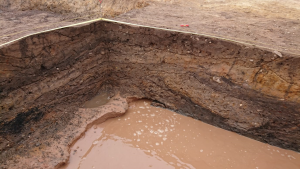 |
| [15:49, 15/07/2020] Is this just charcoal or burnt grain on the left? [15:49, 15/07/2020] It’s that lignite we had at another site |
They had fun too
The team also enjoyed downtime with visits to historic places …a “busman’s holiday” perhaps?
Or just plain silly fun …
So, in summary …
From an abrupt halt when the lockdown was announced in March, we worked really well together to come up with guidelines that allowed everyone to continue to work safely. Of course, for the field archaeologists they are used to “risk assessments” and “PPE” being worn on site so they adapted well – and had fun in between jobs within social separation rules.
The strategic investment and training in technology has allowed the field archaeologists to work as quickly and accurately as ever.
Read more about the Worcestershire Archaeology service and get in touch if you would like to discuss a project.
Call: 01905 765908
E-Mail: worcestershirearchaeology@worcestershire.gov.uk
By the way – the picture was of Bath and Wells Cathedral taken from the end of Vicar’s Close where the whole street – lights, house fronts, etc. – is designed to reduce in height and so it appears longer in perspective. Each door is adorned with the parish insignia over it.
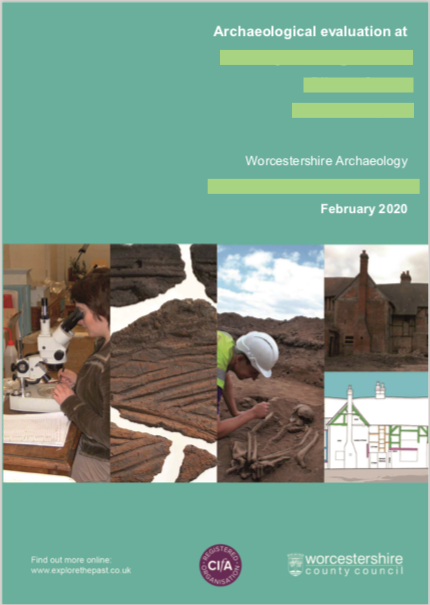
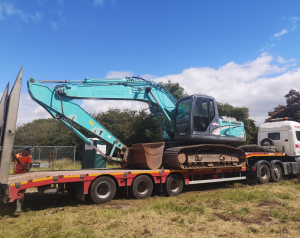
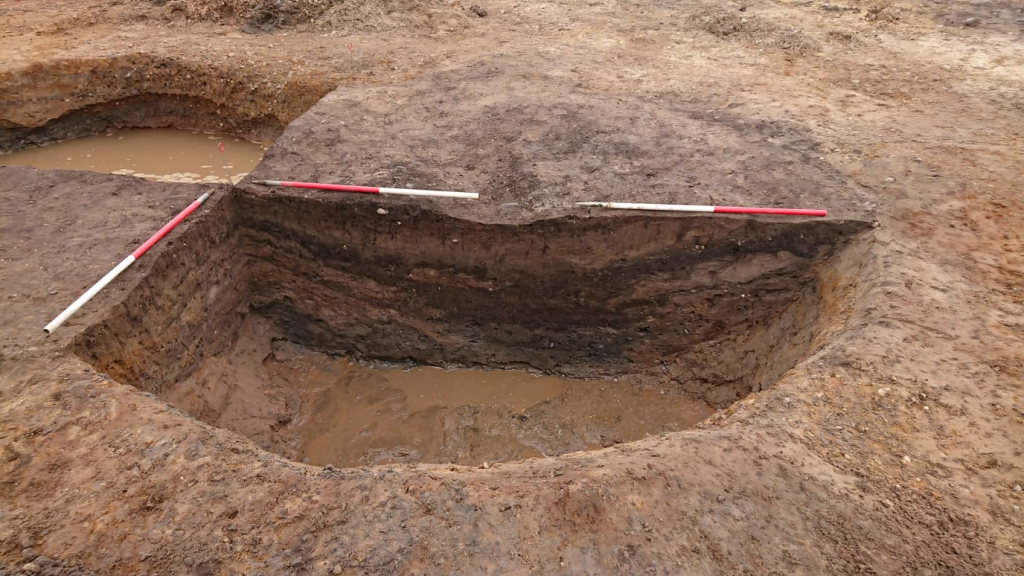
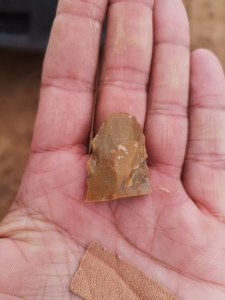
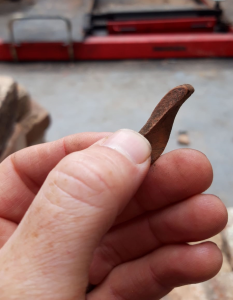
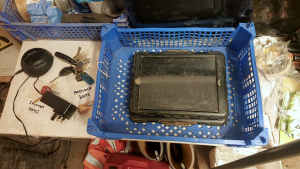
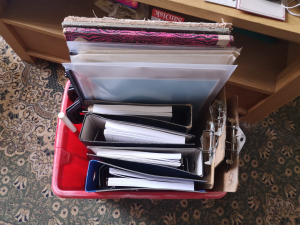
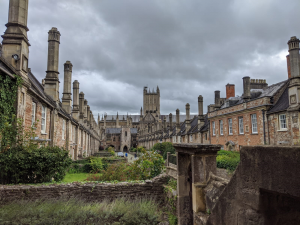
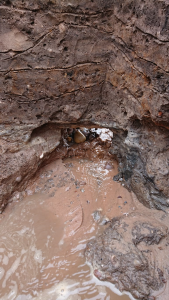
Post a Comment